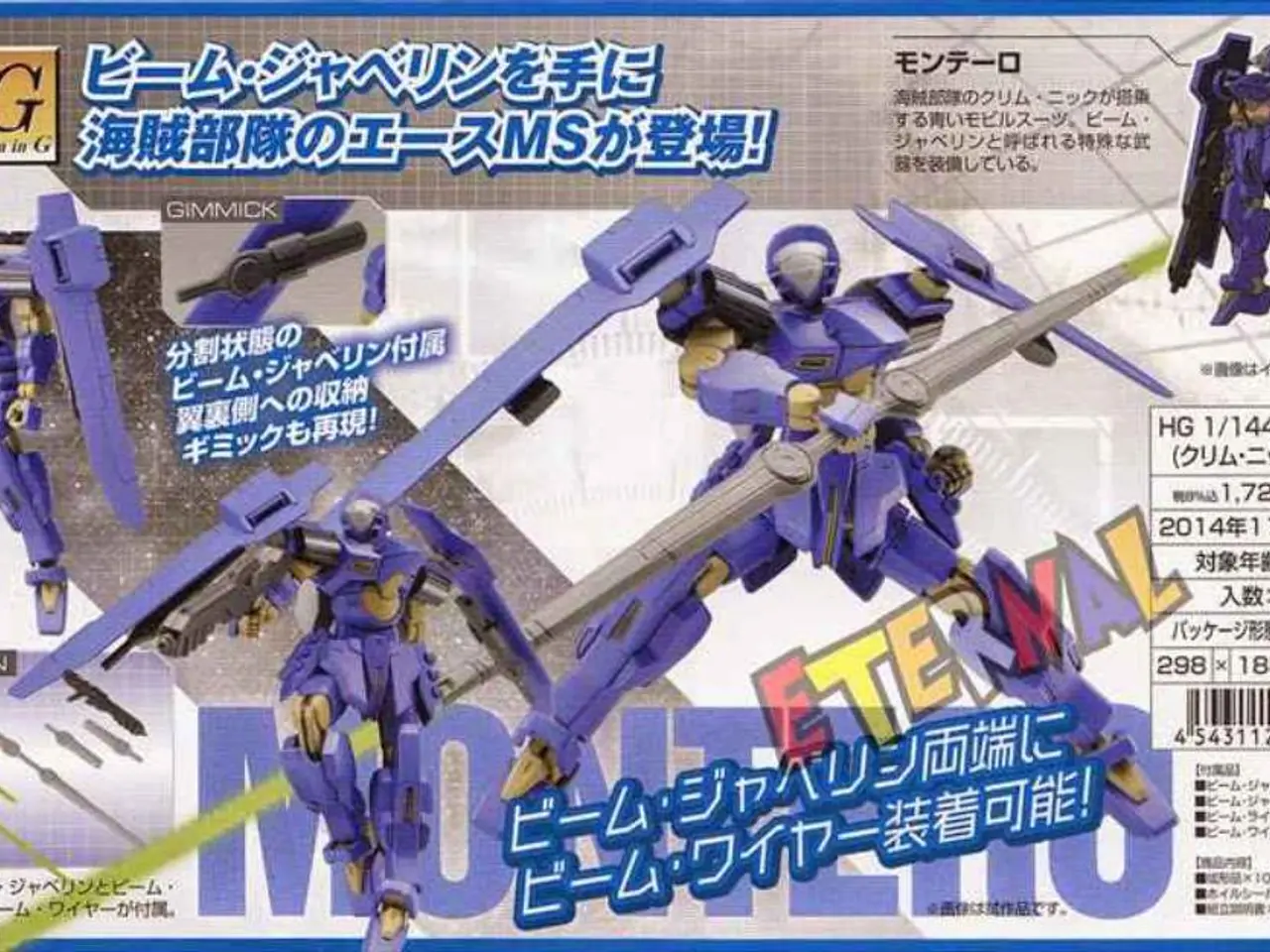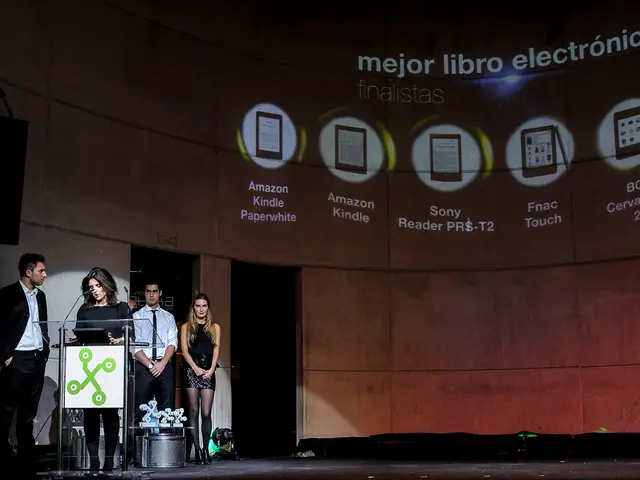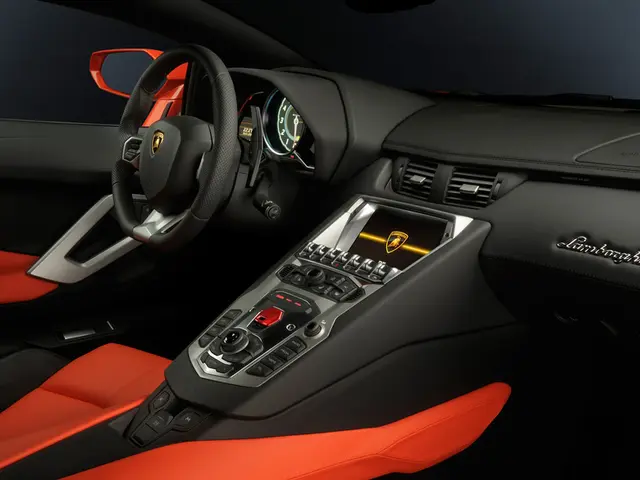AI Characters Evolved: Branding Experts Lead in Creating Top-Tier AI Avatars by Blending Design and Data
In the rapidly evolving world of artificial intelligence (AI), businesses are increasingly turning to AI avatars to represent their brands online. However, most of these avatars are engineered with a focus on natural language processing, facial rendering, and system integration, often neglecting the human factor and the nuance of brand identity.
To stand out in the AI age, it's crucial for businesses to put their brand teams in the driver's seat of avatar development. Collaboration between creative and technical teams can result in AI avatars that function as brand ambassadors, speaking, acting, and resonating like extensions of the brand's identity.
Integrating design thinking in the creation of AI avatars provides several key benefits. This approach centers on enhancing user experience, fostering creativity, and aligning solutions with real user needs. By applying design thinking, businesses can develop AI avatars that are more user-centric, engaging, and effective.
Key benefits include improved user connection and engagement, iterative development for better solutions, fostering creativity and innovation, alignment with business strategy, ethical and quality control, and ensuring the avatar not only looks good or works well but also drives key business outcomes.
A prime example of a well-designed AI avatar is Duolingo's custom mascot. With a cheeky personality, memorable look, and a voice that aligns with the brand's irreverent tone, it's more than just cute; it's cohesive.
When branding experts are involved, AI avatars become strategic touchpoints and reflect a company's voice, values, and vision. The best AI avatars are emotionally resonant, visually distinct, and deliver consistency across every customer interaction.
The future of digital avatars in business lies at the intersection of AI capability and brand creativity. Leading agencies are now developing custom avatars, where UX flows, tone of voice, and visual identity are embedded from the start. AI avatars, when designed in collaboration with branding experts, become more than just tools; they become assets, serving as guides, hosts, trainers, and storytellers.
However, the lack of consideration for the human factor can result in avatars that feel off-brand, with inconsistent tone, uncanny visuals, or generic appearances. Therefore, it's essential to prioritise the human element in the development of AI avatars to ensure they truly represent and elevate a brand's identity.
- In a creative agency's collaboration with technical teams, AI avatars can be designed to function as brand ambassadors, embodying and extending a brand's identity.
- By integrating design thinking, businesses can develop AI avatars that are more user-centric, engaging, and effective, aligning with real user needs and business strategy.
- The best AI avatars, such as Duolingo's custom mascot, are emotionally resonant, visually distinct, and deliver consistency across every customer interaction, reflecting a company's voice, values, and vision.
- To prevent AI avatars from feeling off-brand, with inconsistent tone, uncanny visuals, or generic appearances, it's crucial to prioritize the human element in their development, ensuring they truly represent and elevate a brand's identity.




